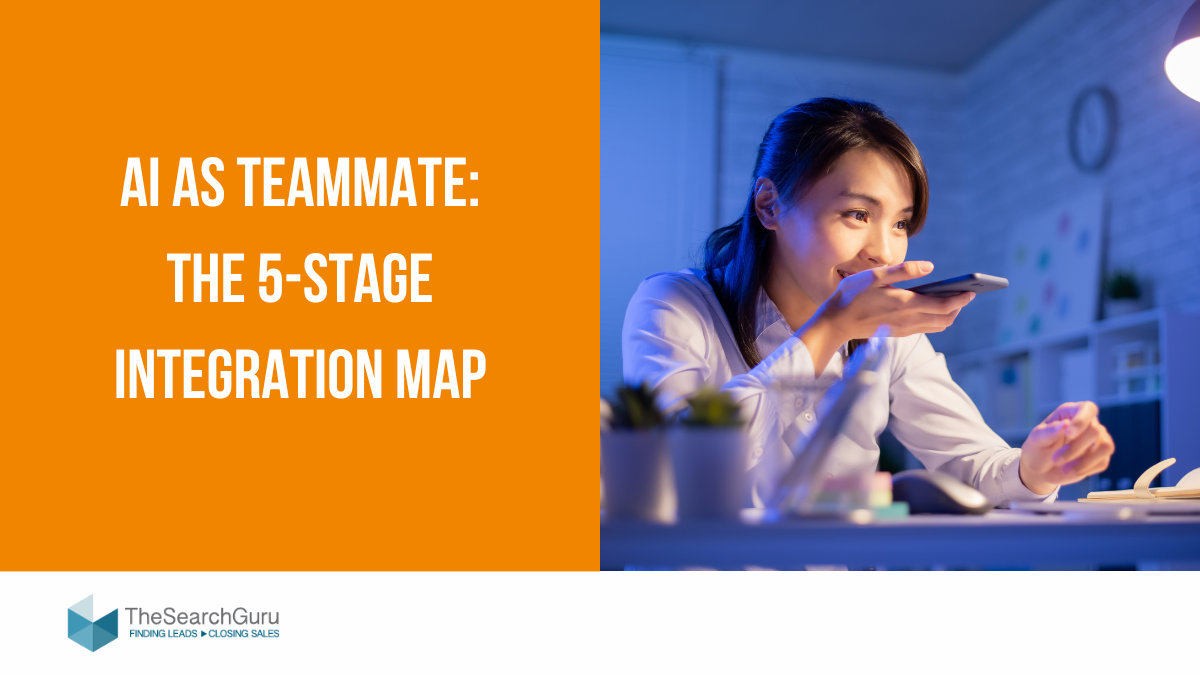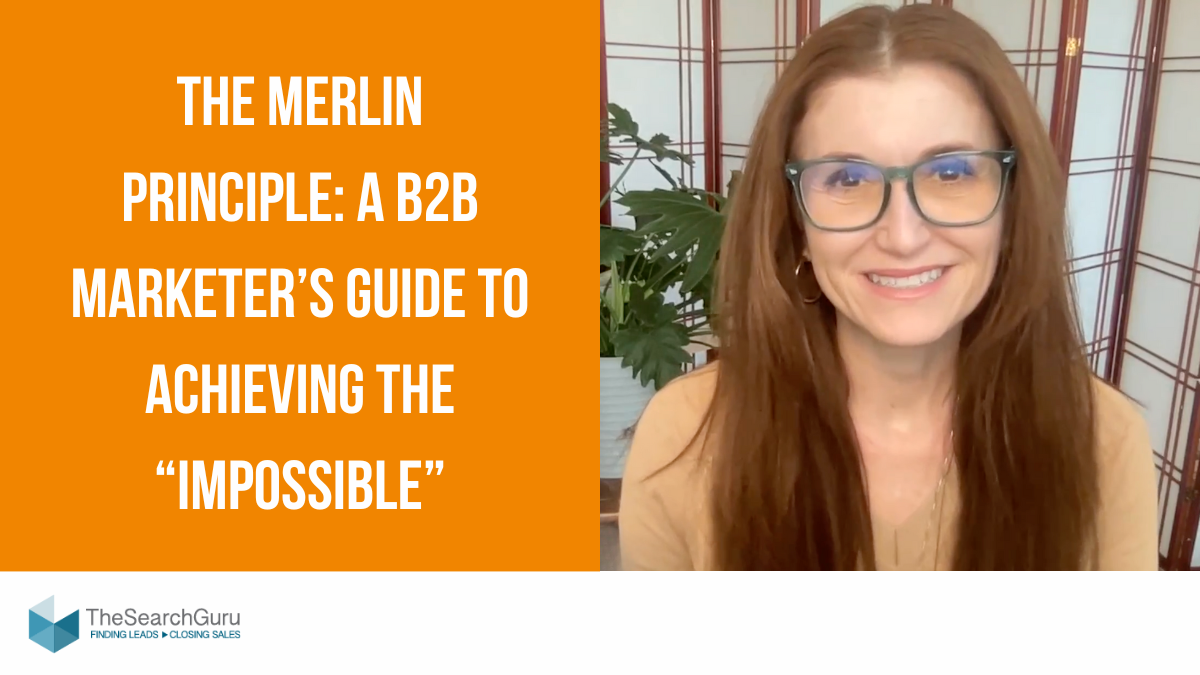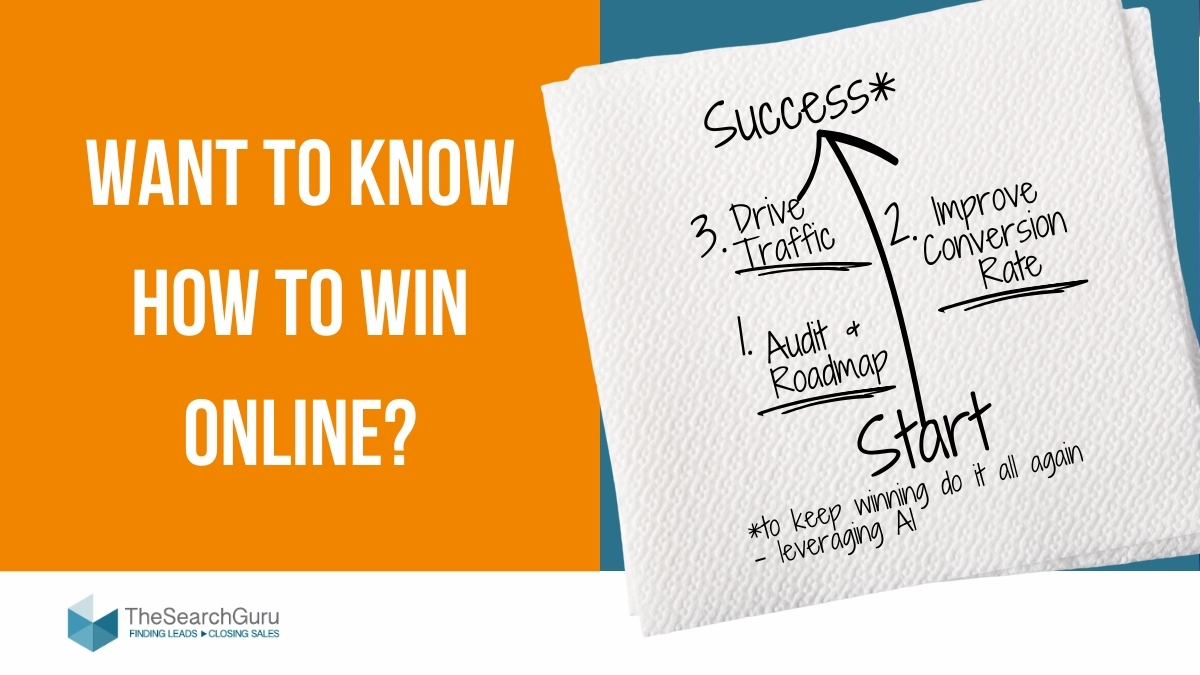AI as Teammate: The 5-Stage Integration Map
How modern teams are building better workflows, faster cycles, and smarter outcomes—with AI embedded in the org chart.
Your Team’s Not Broken. It’s Just Missing a Teammate.
You’ve added tools. You’ve explored use cases.
But if your AI adoption still feels like an experiment—it’s because most teams are missing a crucial mindset shift.
AI isn’t just a faster way to do what you were already doing.
It’s a new kind of teammate—and you need to manage it like one.
In study after study—from Procter & Gamble to Fortune 500s—teams working with AI outperformed those that didn’t. AI helped individuals match team-level performance. AI-assisted teams submitted better ideas, delivered them faster, and walked away feeling more energized and confident in their work.
But the real difference wasn’t just the tool.
It was structure. Role clarity. Process.
This map outlines how high-performing orgs are integrating AI intentionally—and seeing real returns.
The 5 Stages of AI Integration
Stage 1: Curiosity
“We’re experimenting… when we have time.”
AI is being tested on side projects, often by a few team members. It’s untracked, unguided, and inconsistent.
No training, no measurement, no ownership.
- Risk: Nothing sticks. Team fatigue sets in.
- Win: Curiosity exists—it’s a start.
Stage 2: Ad Hoc Wins
“Some teams have built AI into their process. Some haven’t.”
A few clear use cases are starting to emerge (briefs, campaign drafts, summaries), but they live in silos.
No central enablement or rollout.
- Risk: Teams are duplicating efforts. AI benefit is invisible to leadership.
- Win: Real results are happening—you just haven’t captured them yet.
Stage 3: Pilots With Purpose
“We’re testing real workflows now—with outcomes tied to them.”
AI is integrated into select processes. Teams are capturing time saved, cycle compression, and output improvements.
Use is tied to KPIs. Legal and data policies are clear.
- Risk: If pilots stay isolated, they won’t scale.
- Win: You have proof. Now you need visibility.
Stage 4: Embedded & Trained
“We’ve assigned AI work the same way we assign human work.”
AI is included in onboarding, playbooks, and reviews. It handles defined parts of roles—drafting, summarizing, exploring.
Employees are trained to prompt well and review output critically.
- Risk: “Set it and forget it” will stall momentum.
- Win: You’re freeing up strategic time and growing team confidence.
Stage 5: Integrated Teammate
“AI shows up in our org chart, in our planning, and in our performance reviews.”
AI is treated like a hybrid team member—with scope, accountability, and reporting.
Leaders understand how it impacts productivity, emotional energy, and innovation.
Cross-functional roles are redesigned around human + machine strengths.
- Risk: Complacency or burnout without role evolution.
- Win: Your org is ready for what’s next.
Where are you today? Where do you want to be in 90 days?
Making It Work in the Real World
What to Do at Each Stage (and What Not To)
| STAGE | DO THIS | AVOID THIS |
| 1. Curiosity | Encourage team members to share experiments. Create a shared prompt doc. | Avoid assigning AI tasks without a goal. |
| 2. Ad Hoc Wins | Interview AI early adopters and collect use cases. Start small playbooks. | Don’t assume what worked for one team works for all. |
| 3. Pilots With Purpose | Pick a high-friction workflow. Define success metrics before starting. | Don’t skip legal/data conversations. |
| 4. Embedded & Trained | Train teams on AI prompting, reviewing, and role boundaries. | Avoid relying on vendor documentation alone. |
| 5. Integrated Teammate | Set org-wide AI principles. Build AI use into planning cycles and reviews. | Don’t leave AI off the org chart—it won’t scale without visibility. |
3 Signs You’re Stuck
- Everyone says they’re “using AI”—but no one can say how it’s helping.
- You’ve trained teams, but haven’t assigned ownership.
- You’re still pitching “what AI can do” instead of designing what it should own.
🎯 Bonus Prompt
Want a team to start strong?
Assign AI one small recurring task this week.
Then ask the team: Was this helpful? Would we do it again?
If yes → It’s time to build a real role for AI.
The Bottom Line
AI isn’t a side project anymore. It’s a teammate—one that can drive faster work cycles, unlock cross-functional thinking, and even make your people feel more energized and capable.
But impact doesn’t come from experimenting alone. It comes from structure. From setting roles, capturing wins, and designing your org for what comes next.
So, where are you right now?
And what could shift in your next 90 days if you treated AI like a real part of the team?
Let’s build that path—together.
📅 Book a strategy session with TSG: https://thesearchguru.com/meet/Leslie and we’ll help you turn AI from an experiment into a results-driving teammate.
Stay Connected
Want more insights like this? Subscribe to our newsletter for regular updates on B2B marketing strategy, AI implementation, and practical tips for achieving your “impossible” goals.
Remember: In B2B marketing, the difference between possible and impossible often lies in your planning approach. The Merlin Principle helps you see beyond current limitations to chart a path to extraordinary results.
Ready to make 2025 your breakthrough year? Let’s talk about turning your impossible into inevitable.






